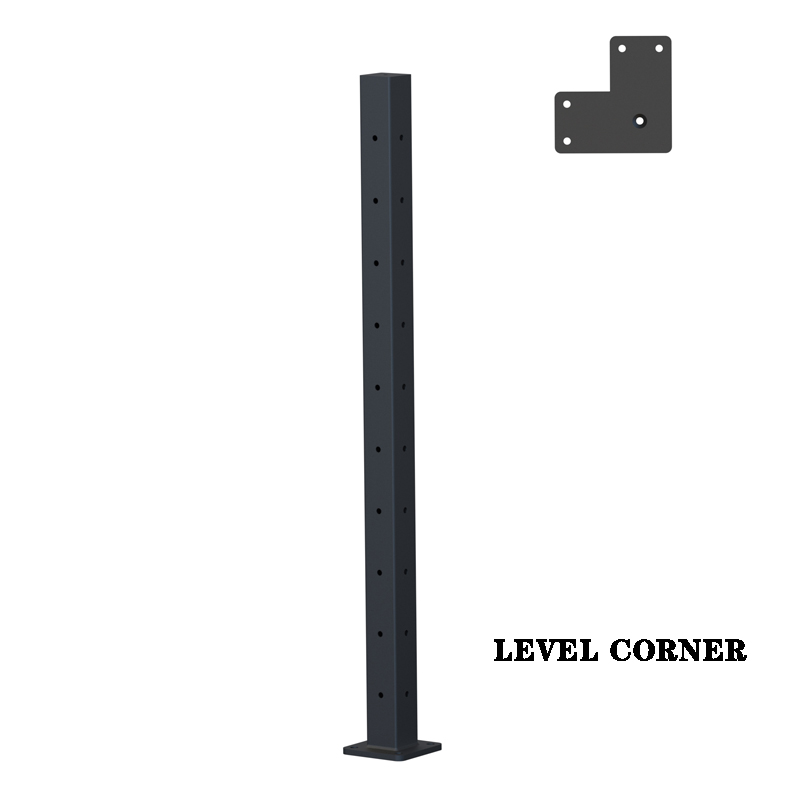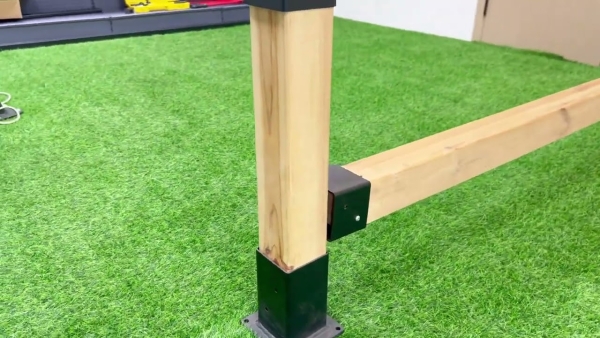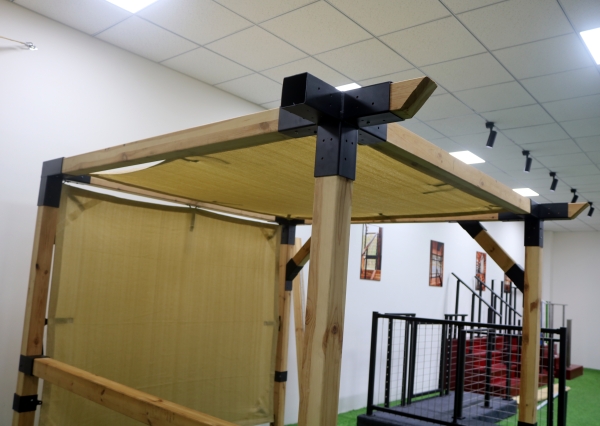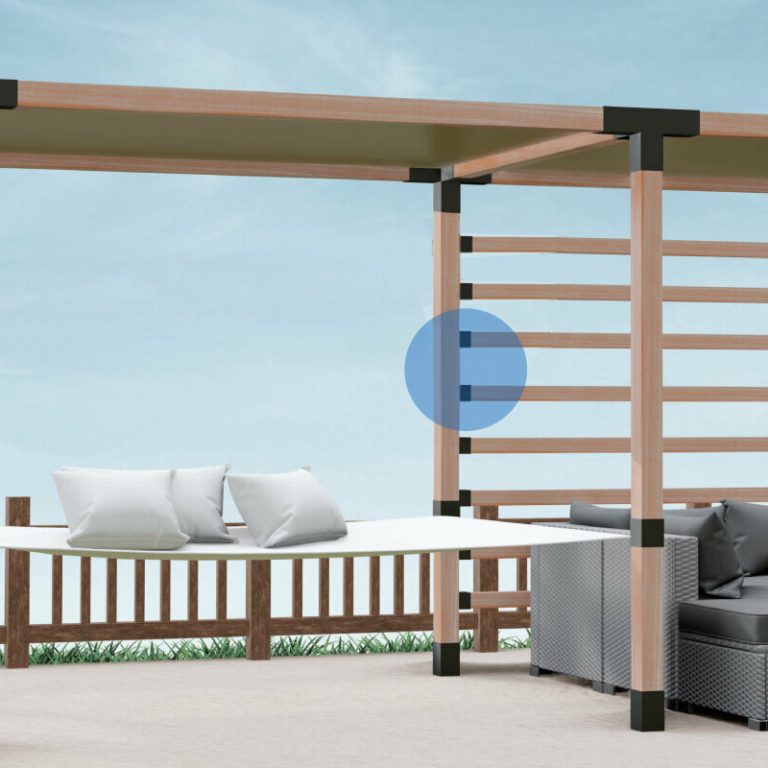Table of Contents
فوائد إضافة العريشة الخشبية إلى مساحتك الخارجية
أصبحت العريشة الخشبية إضافة شائعة للمساحات الخارجية في السنوات الأخيرة، مما يوفر جاذبية جمالية وفوائد وظيفية. توفر هذه الهياكل، المصنوعة عادةً من الخشب مثل خشب الأرز أو الخشب الأحمر، خيارًا متعدد الاستخدامات وقابل للتخصيص لإنشاء منطقة مظللة في الفناء الخلفي أو الحديقة الخاصة بك. في هذه المقالة، سوف نستكشف فوائد إضافة العريشة الخشبية إلى مساحتك الخارجية.
كيفية اختيار أفضل الأخشاب للعريشة الخاصة بك
للحصول على مظهر أكثر غرابة، قد ترغب في التفكير في استخدام الأخشاب الصلبة الاستوائية مثل خشب الساج أو الماهوجني للعريشة الخاصة بك. تشتهر هذه الأخشاب بألوانها الغنية ومقاومتها الطبيعية للتعفن والحشرات. ومع ذلك، قد تكون الأخشاب الصلبة الاستوائية باهظة الثمن وقد تتطلب عناية خاصة للحفاظ على مظهرها بمرور الوقت.
عند اختيار أفضل الأخشاب للعريشة الخاصة بك، من المهم مراعاة المناخ الذي تعيش فيه. قد تكون بعض الأخشاب أكثر ملاءمة للمناخات الرطبة أو الممطرة، في حين أن البعض الآخر قد يكون أكثر ملاءمة للبيئات الجافة أو القاحلة. من المهم أيضًا مراعاة كمية ضوء الشمس التي ستتلقاها العريشة الخاصة بك، حيث قد تتلاشى بعض الأخشاب أو تتشوه عند تعرضها لأشعة الشمس المباشرة لفترات طويلة.
بالإضافة إلى مراعاة نوع الخشب، يجب عليك أيضًا التفكير في الحجم و تصميم العريشة الخاصة بك. قد تكون بعض الأخشاب أكثر ملاءمة للتصميمات الأكبر أو الأكثر تعقيدًا، بينما قد يكون البعض الآخر أكثر ملاءمة للهياكل الأصغر أو الأبسط. من المهم اختيار خشب يكمل الجمالية العامة للمساحة الخارجية الخاصة بك ويوفر المتانة وطول العمر الذي تريده.
في الختام، يعد اختيار أفضل الأخشاب للعريشة الخاصة بك قرارًا مهمًا لا ينبغي الاستخفاف به. من خلال النظر في عوامل مثل المتانة، ومتطلبات الصيانة، وملاءمة المناخ، واعتبارات التصميم، يمكنك اختيار الخشب الذي من شأنه أن يعزز جمال ووظيفة المساحة الخارجية الخاصة بك لسنوات قادمة. سواء اخترت خشب الأرز، أو الخشب الأحمر، أو الصنوبر المعالج بالضغط، أو الخشب الصلب الاستوائي، فإن الخشب المناسب يمكن أن يحدث فرقًا كبيرًا في إنشاء عريشة مذهلة وطويلة الأمد لمنزلك.
When it comes to choosing the best timber for your pergola, there are several factors to consider. The type of wood you select will not only affect the overall look of your pergola but also its durability and maintenance requirements. In this article, we will discuss some of the most popular timber options for pergolas and provide tips on how to choose the best one for your needs.
One of the most common types of timber used for pergolas is cedar. Cedar is a popular choice because of its natural resistance to rot and insects. It also has a beautiful, reddish-brown color that can add warmth and character to any outdoor space. However, cedar does require regular maintenance, including staining or sealing, to keep it looking its best.
Another popular timber option for pergolas is redwood. Redwood is known for its rich, reddish-brown color and natural resistance to decay and insects. Like cedar, redwood requires regular maintenance to preserve its appearance. However, many homeowners find the beauty of redwood to be worth the extra effort.
If you are looking for a low-maintenance timber option for your pergola, you may want to consider pressure-treated pine. Pressure-treated pine is treated with chemicals to resist rot and insects, making it a durable and long-lasting choice for outdoor structures. While pressure-treated pine may not have the same natural beauty as cedar or redwood, it is a cost-effective option that requires minimal upkeep.

For a more exotic look, you may want to consider using tropical hardwoods such as teak or mahogany for your pergola. These woods are known for their rich colors and natural resistance to decay and insects. However, tropical hardwoods can be expensive and may require special care to maintain their appearance over time.
When choosing the best timber for your pergola, it is important to consider the climate in which you live. Some woods may be more suitable for humid or rainy climates, while others may be better suited to dry or arid environments. It is also important to consider the amount of sunlight your pergola will receive, as some woods may fade or warp when exposed to direct sunlight for extended periods.
In addition to considering the type of wood, you should also think about the size and design of your pergola. Some timbers may be better suited to larger or more intricate designs, while others may be more appropriate for smaller or simpler structures. It is important to choose a timber that will complement the overall aesthetic of your outdoor space and provide the durability and longevity you desire.
In conclusion, choosing the best timber for your pergola is an important decision that should not be taken lightly. By considering factors such as durability, maintenance requirements, climate suitability, and design considerations, you can select a timber that will enhance the beauty and functionality of your outdoor space for years to come. Whether you choose cedar, redwood, pressure-treated pine, or a tropical hardwood, the right timber can make all the difference in creating a stunning and long-lasting pergola for your home.






